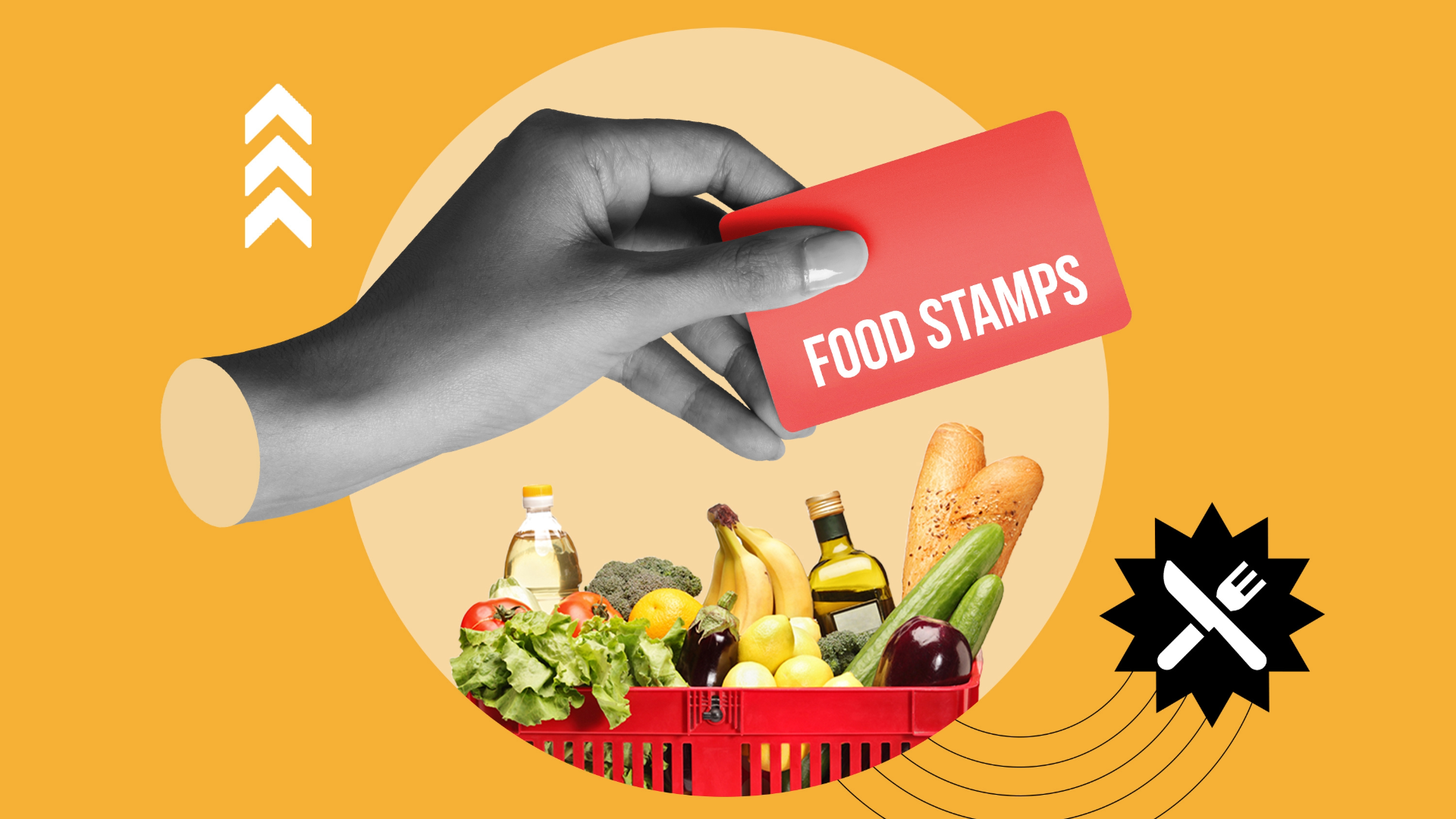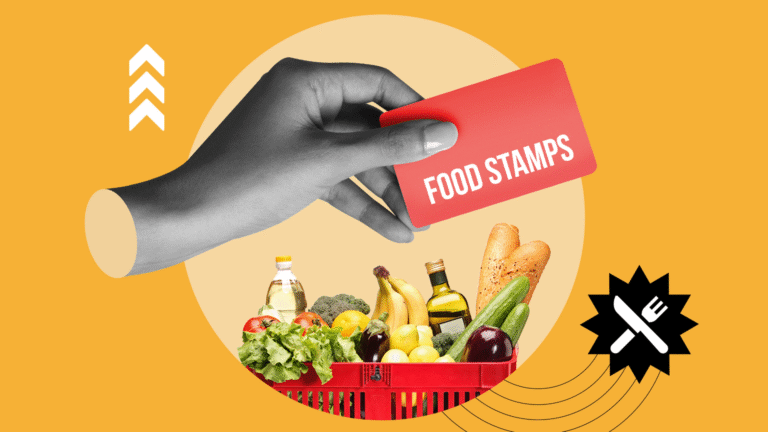What SNAP Is and Why It Matters
TL;DR
- SNAP is a federal program that helps low-income Americans afford food through monthly benefits.
- It was previously known as the Food Stamp Program and now uses EBT cards instead of paper coupons.
- SNAP reduces food insecurity, boosts public health, and stimulates local economies.
- Eligibility is based on income and household size; benefits can be used at approved grocery stores and markets.
What It Is
The Supplemental Nutrition Assistance Program (SNAP) is the largest anti-hunger program in the United States. Administered by the USDA, SNAP provides monthly funds to eligible individuals and families to purchase food. Benefits are issued via Electronic Benefit Transfer (EBT) cards, which function like debit cards at authorized food retailers.
Why It Matters
- Food access: SNAP reduces hunger and malnutrition, especially for children, seniors, and people with disabilities.
- Economic support: Every $1 spent through SNAP generates up to $1.80 in economic activity.
- Health outcomes: Participants show improved diet quality and reduced healthcare costs.
- Poverty relief: SNAP lifts millions of Americans above the poverty line each year.

How It Works / Key Concepts
- Eligibility: Based on gross and net income, assets, and household composition. Most households must meet income tests relative to the federal poverty line.
- Benefits: Funds are loaded monthly onto EBT cards and can be used at over 250,000 SNAP-authorized retailers.
- Purchasable items: Includes fruits, vegetables, meats, dairy, grains, and seeds/plants to grow food. Alcohol, tobacco, and non-food items are excluded.
- Nutrition incentives: Programs like Double Up Food Bucks offer extra funds when recipients buy fresh produce.
Examples / Use Cases
- Helping a single parent afford groceries while working a part-time job.
- Supporting elderly individuals living on fixed incomes.
- Assisting families after job loss or during economic crises like the COVID-19 pandemic.
Limitations and Risks
- Stigma: Some eligible individuals avoid applying due to perceived shame or judgment.
- Access gaps: Not all food retailers are SNAP-authorized, limiting options in rural or underserved areas.
- Nutritional limits: SNAP allows processed foods, leading to debates about diet quality.
FAQ
- Is SNAP the same as food stamps?
Yes. SNAP replaced the Food Stamp Program in 2008, shifting to EBT cards and a stronger nutrition focus. - Can SNAP be used online?
Yes. Many states now allow SNAP recipients to purchase groceries online through approved vendors. - Who qualifies for SNAP?
Eligibility depends on income, expenses, household size, and other factors. Some able-bodied adults may also face work requirements.
Sources
- USDA Food and Nutrition Service – “A Short History of SNAP” (Accessed October 2025)
- NCBI – “Supplemental Nutrition Assistance Program: Examining the Evidence” (Accessed October 2025)
- ERS USDA – “SNAP Key Statistics & Research” (Accessed October 2025)
- Urban Institute – “Households Faced Persistent Challenges Affording Food in 2024” (Accessed October 2025)
- CBPP – “The Case for Boosting SNAP Benefits in Next Major Economic Response Package” (Accessed October 2025)
- FRAC – “SNAP’s Critical Role in Rural Communities — and the Consequences of Cuts” (Accessed October 2025)
- History.com – “How Did Food Stamps Begin?” (Accessed October 2025)






